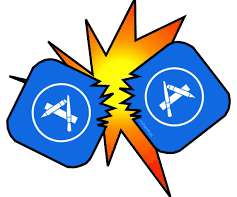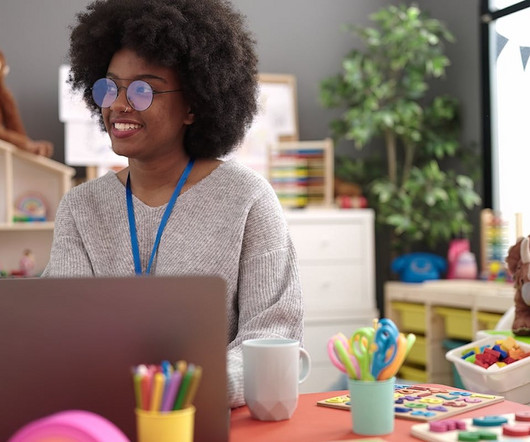Creating Interactive Lessons Through App Smashing
A Principal's Reflections
MARCH 22, 2020
First and foremost, we must always keep sound pedagogy in mind, something that I discuss at length in Digital Leadership. I often recommend the use of this tool in History as a way to explore primary source documents. We know that teachers, like they always do, will rise to the occasion.












Let's personalize your content